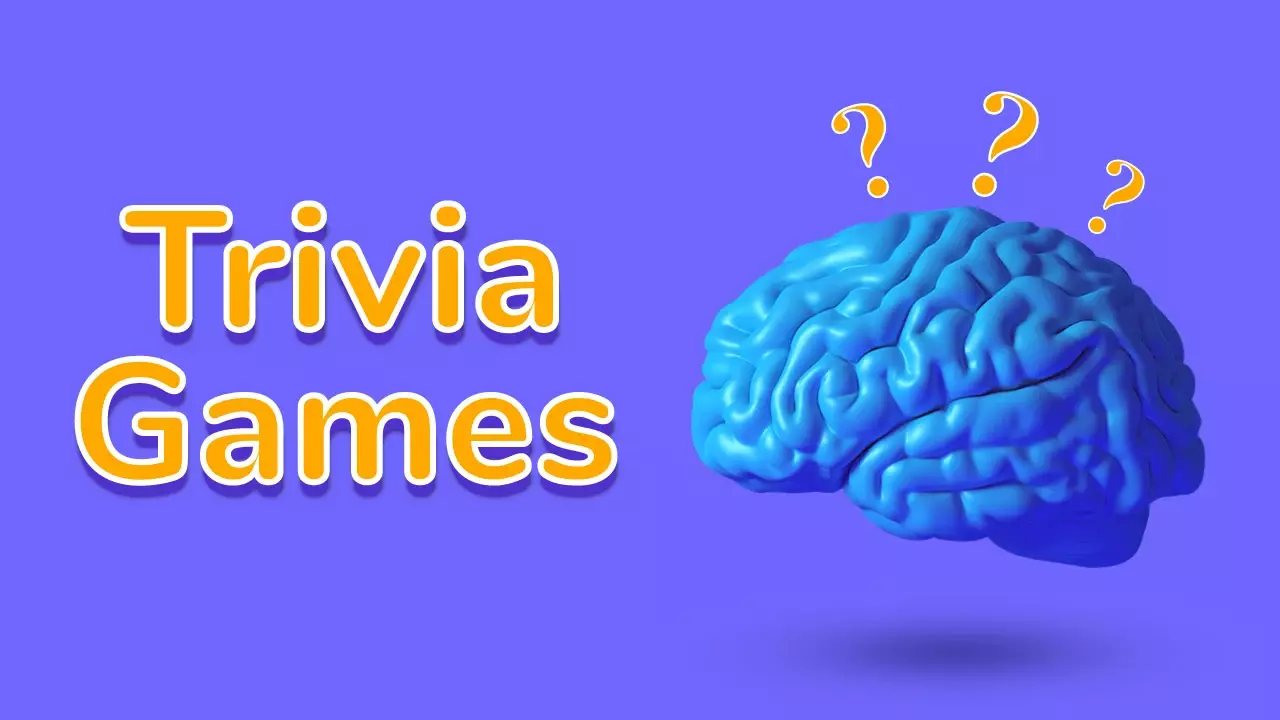Trivia games have been entertaining and educating people for generations, combining the joy of play with the thrill of learning something new. Among the many variations available, the “Who Am I” trivia game stands out as a creative, brain-teasing challenge that sparks curiosity and sharpens thinking skills.
Whether you’re a seasoned trivia buff or a curious beginner, “Who Am I” trivia offers something special for everyone. This post will take you on a deep dive into the game’s origins, mechanics, and educational benefits, while showing you how to create your own engaging version.
Read on to discover why trivia games are more than just fun—they’re also powerful tools for education and personal growth.
The History and Evolution of Trivia Games
Trivia games have their roots in ancient traditions that celebrated knowledge and storytelling. Early civilizations posed riddles and questions to entertain and challenge one another. For instance, Greek symposiums often featured “brain games” designed to test wit and intellect.
Fast forward to the mid-20th century, trivia games as we know them began gaining popularity. With the rise of games like Trivial Pursuit, released in 1981, trivia took on a collective form—bringing friends and families together for evenings filled with fun, facts, and friendly competition.
The digital revolution introduced an entirely new era. Trivia went mobile, with apps like Kahoot, QuizUp, and HQ Trivia capturing global audiences. The introduction of virtual assistants like Alexa further popularized trivia as a spoken game, while interactive online platforms made it possible for players from opposite corners of the globe to compete in real-time.
Today, games like “Who Am I” trivia blur the lines between entertainment and education, proving that learning doesn’t need to be confined to textbooks or lectures.
How “Who Am I” Trivia Works
The beauty of “Who Am I” trivia lies in its simplicity and flexibility. Here’s how the game typically works:
- Setup: Players are divided into teams or play individually. One player selects a character, object, or concept that others need to guess.
- Clues: The game master or the player themselves provides clues—direct or cryptic—related to the identity of the chosen subject. For example:
- “I am often found in a hive.”
- “I make honey.”
- “Be careful, I can sting!”
(Answer: A bee!)
- Guessing: Players take turns guessing “Who Am I” based on the given hints. Points are awarded for accuracy, with bonus rewards for quicker responses.
Beyond its entertainment value, “Who Am I” trivia sharpens observation, develops logical thinking, and enhances general knowledge. With every round, players are learning without even realizing it.
The Role of Trivia Games in Education
Trivia games like “Who Am I” go far beyond mere fun—they’re powerful educational tools with proven cognitive and social benefits.
Case Studies and Evidence
Multiple studies have highlighted the learning benefits of trivia games. Research from the Journal of Educational Psychology indicates gamified learning environments improve memory retention by up to 20% compared to traditional methods. Trivia games are particularly effective because they engage learners actively, making abstract concepts more concrete.
Consider classrooms where trivia games reinforce lessons. For example:
- History teachers might use “Who Am I” to help students identify notable historical figures like Abraham Lincoln or Rosa Parks.
- Science educators can introduce terms like photosynthesis or gravity in a playful, interactive manner.
The same principles apply in informal educational settings. Family trivia nights foster collaboration and shared learning, making education a collective experience that brings people together.
Practical Applications
- Classrooms: Teachers can use trivia as a warm-up exercise or a review session to make lessons dynamic and interactive.
- Corporate Training: Businesses are increasingly using trivia to develop teamwork and encourage knowledge sharing in professional settings.
- Personal Growth: Individual learners can strengthen their general knowledge by subscribing to trivia games on apps or creating challenges for friends.
Tips for Creating Your Own “Who Am I” Trivia Game
Feeling inspired? Here’s how to create a fantastic “Who Am I” trivia game that captivates your audience—whether it’s your students, colleagues, or family members.
1. Choose Your Theme
Decide on a theme based on your audience. Popular topics include:
- Pop culture (options like “I am a Marvel superhero”).
- Famous historical figures (e.g., “I am the 16th president of the United States”).
- Movies or books (e.g., “I am a boy wizard who attends a magical school”).
2. Keep the Questions Balanced
Make sure your clues vary in difficulty to keep all players engaged. Start with broader hints and gradually get more specific.
For instance:
- Broad clue: “I am round and spin on an axis.”
- Specific clue: “I am the third planet from the Sun.”
(Answer: Earth!)
3. Add a Creative Spin
Introduce twists to make the game even more exciting. For example:
- Include time limits for guesses.
- Use multimedia elements like images or sound effects as part of the clues.
4. Test and Revise
Playtest your game with a small audience first. Pay attention to their responses to fine-tune the experience for your main event.
The Future of Trivia Games
The future of trivia is undeniably rooted in educational gaming. Here are some trends shaping the industry:
- AI and Personalization: AI-powered platforms can design trivia games tailored to individual learning needs. Thoughtfully crafted questions adapt in difficulty as users progress.
- Virtual Reality (VR) Experiences: Imagine playing trivia games in a virtual historical setting or inside a recreated scene from a movie. VR adds a whole new level of immersion.
- Social Integration: Trivia apps increasingly connect players worldwide, addressing shared interests and enabling collaborative learning.
These trends suggest a bright future, with trivia games continuing to blend entertainment and education in new and exciting forms.
Take a Brainy Break with “Who Am I” Trivia
Trivia games like “Who Am I” trivia are more than just fun—they’re tools to educate, connect, and inspire. Whether used in classrooms, during family game nights, or in workplace team-building sessions, they bring people together in the shared pursuit of knowledge.
Feeling inspired to give it a try? Start by crafting your own trivia questions or rally your loved ones for an evening of brain-teasing fun. And if you’d prefer to play instead of plan, explore online platforms that host trivia challenges for free!
Ultimately, educational gaming is here to stay. Why not take advantage of it today and power up both your brain and your entertainment hours?



